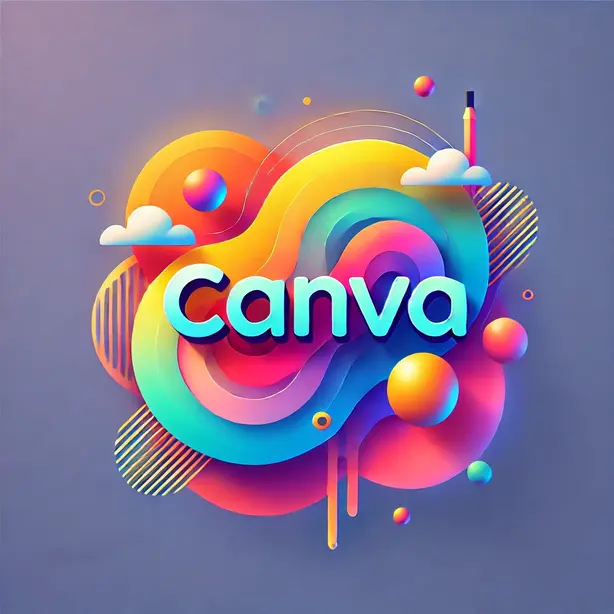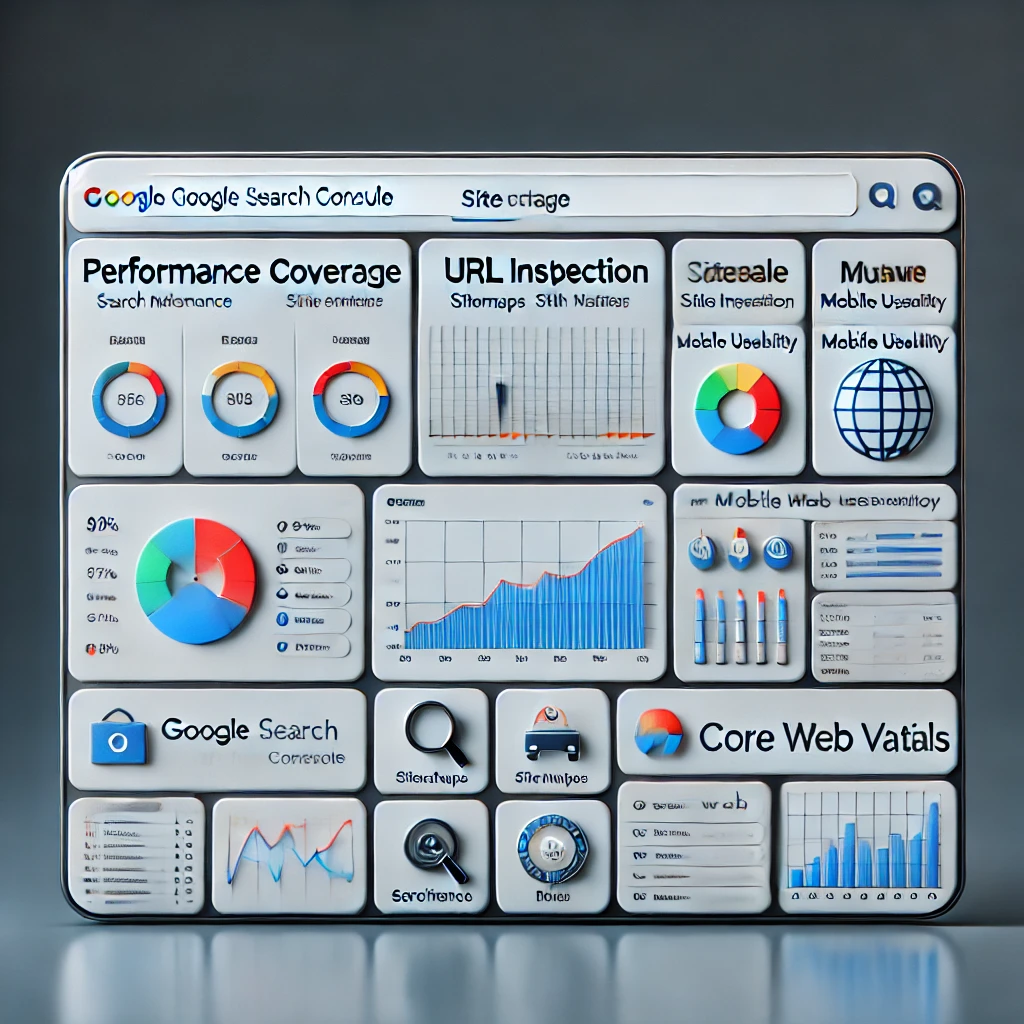Freelance Graphic Design: Building a Portfolio That Stands Out
In the competitive world of freelance graphic design, your portfolio is your ultimate selling tool. It’s the first impression potential clients will have of your work, your skills, and your ability to bring their vision to life. Crafting a standout portfolio requires a combination of strategic planning, creativity, and a keen understanding of your audience’s needs. Here’s a comprehensive guide to help you create a portfolio that not only showcases your talent but also sets you apart from the competition.
1. Understand Your Niche
Before you start building your portfolio, it’s crucial to define your niche. Graphic design encompasses a wide range of areas, including branding, web design, illustration, packaging, and more. By focusing on a specific niche, you can tailor your portfolio to attract the right clients. Ask yourself:
- What type of projects excite you the most?
- What are your strongest design skills?
- Who is your ideal client?
Once you identify your niche, curate your portfolio to reflect your expertise in that area. For example, if you specialize in branding, showcase logo designs, brand identity projects, and related work.
2. Curate Your Best Work
Quality over quantity is the golden rule for any portfolio. Clients don’t have the time to sift through dozens of mediocre projects; they want to see your best work. Select 8-12 pieces that highlight your skills, creativity, and versatility. Each project should demonstrate your ability to solve design problems and deliver results.
When curating your work, consider the following:
- Showcase projects that align with your niche.
- Include a mix of personal and client work.
- Highlight designs that have a clear purpose and impact.
- Avoid outdated or subpar projects, even if they hold sentimental value.
3. Tell a Story with Each Project
A great portfolio goes beyond displaying finished designs; it tells the story behind each project. For every piece, include a brief case study that outlines:
- The client’s goals and challenges.
- Your design process and thought behind the choices you made.
- The final outcome and how it benefited the client.
For example, if you designed a website for a small business, explain how your design improved their online presence, boosted user engagement, or increased sales. Use visuals like wireframes, sketches, and mockups to illustrate your process.
4. Create a Cohesive Visual Identity
Your portfolio is not just about the projects you showcase; it’s also a reflection of your personal brand. Design your portfolio with the same care and attention to detail as you would for a client project. Ensure consistency in:
- Color schemes
- Typography
- Layout and spacing
- Imagery and graphics
A cohesive visual identity not only makes your portfolio visually appealing but also reinforces your professionalism and design expertise.
5. Optimize for Online Platforms
In today’s digital age, an online portfolio is a must for any freelance graphic designer. Choose a platform that aligns with your goals and offers customization options. Popular options include:
- Behance: Ideal for showcasing creative projects and connecting with other designers.
- Dribbble: Perfect for sharing individual designs and gaining exposure.
- Portfolio Websites: Platforms like Squarespace, Wix, and WordPress allow you to create a personalized website.
When creating your online portfolio:
- Ensure it’s mobile-friendly.
- Use high-quality images and optimized file sizes for faster loading.
- Include clear navigation and categories for easy browsing.
- Add a contact page with your email, social media links, and a call-to-action.
6. Include Testimonials and Client Feedback
Social proof can significantly boost your credibility. If you’ve worked with clients, ask them for testimonials about your work. Display these quotes alongside the relevant projects in your portfolio. Positive feedback reinforces your reliability, professionalism, and ability to meet client expectations.
7. Incorporate Personal Projects
If you’re just starting out or want to showcase your creative freedom, include personal projects in your portfolio. These projects allow you to demonstrate your style, passion, and unique perspective. For example:
- Rebranding a fictional company
- Designing posters for events or causes you support
- Creating custom illustrations or typography experiments
Personal projects can also highlight your ability to think outside the box and innovate.
8. Showcase Versatility While Staying Focused
While it’s essential to have a niche, showing versatility can also be an asset. Include projects that demonstrate your ability to adapt to different styles, industries, and mediums. For example, if you specialize in branding, you could include a mix of:
- Corporate logos
- Playful packaging designs
- Minimalist business cards
However, ensure that all the projects align with your overall brand and messaging.
9. Keep Your Portfolio Updated
A portfolio is a living document that should evolve with your career. Regularly update it with new projects, skills, and achievements. Remove outdated work that no longer represents your current style or expertise. An up-to-date portfolio shows potential clients that you’re active and invested in your craft.
10. Market Your Portfolio Effectively
Creating a standout portfolio is only half the battle; you also need to ensure it reaches your target audience. Promote your portfolio through:
- Social Media: Share your work on platforms like Instagram, LinkedIn, and Pinterest.
- Networking: Attend design meetups, conferences, and online forums to connect with potential clients.
- SEO: Optimize your portfolio website with relevant keywords to improve its visibility in search engines.
- Cold Outreach: Send personalized emails to potential clients with a link to your portfolio.
11. Get Feedback and Refine
Before launching your portfolio, seek feedback from trusted peers, mentors, or clients. They can provide valuable insights into areas for improvement. Pay attention to:
- The clarity of your case studies
- The visual appeal of your layout
- The usability of your website
Use constructive feedback to refine your portfolio and ensure it’s polished and professional.
12. Show Your Personality
While professionalism is crucial, don’t shy away from injecting your personality into your portfolio. Share your story, design philosophy, and what inspires you. A personal touch can make your portfolio more relatable and memorable.
13. Create a PDF Version
In addition to an online portfolio, consider creating a PDF version that you can share via email or during in-person meetings. A well-designed PDF portfolio should be concise, visually appealing, and easy to navigate. Include:
- A brief introduction
- Selected projects with case studies
- Contact information
Conclusion
Building a standout freelance graphic design portfolio requires time, effort, and attention to detail. By understanding your niche, curating your best work, and presenting it in a cohesive and engaging way, you can create a portfolio that not only attracts clients but also sets you up for long-term success. Remember, your portfolio is a reflection of your skills and creativity—make it as extraordinary as you are!












